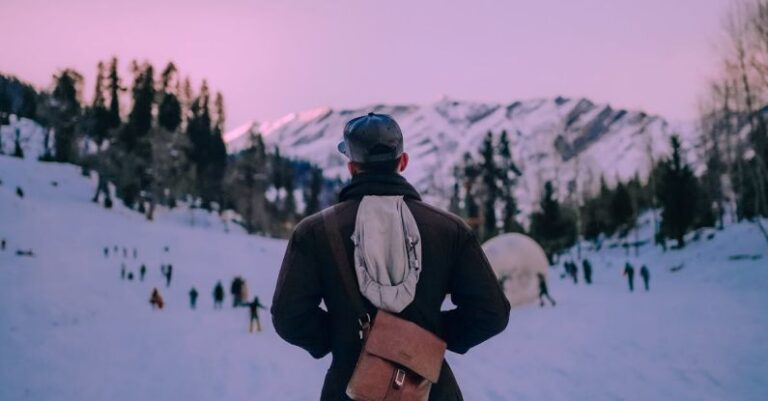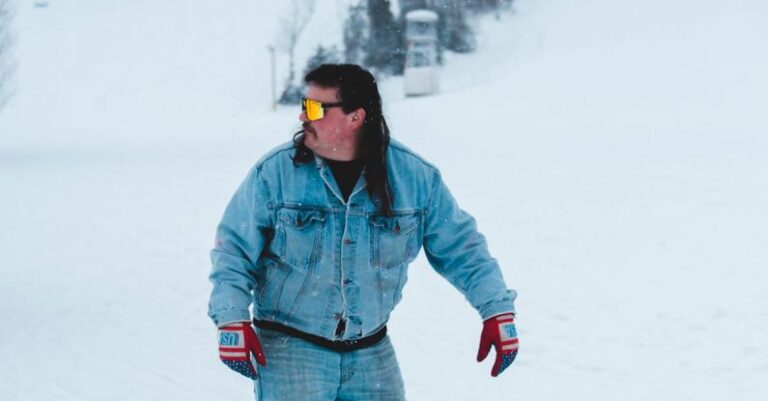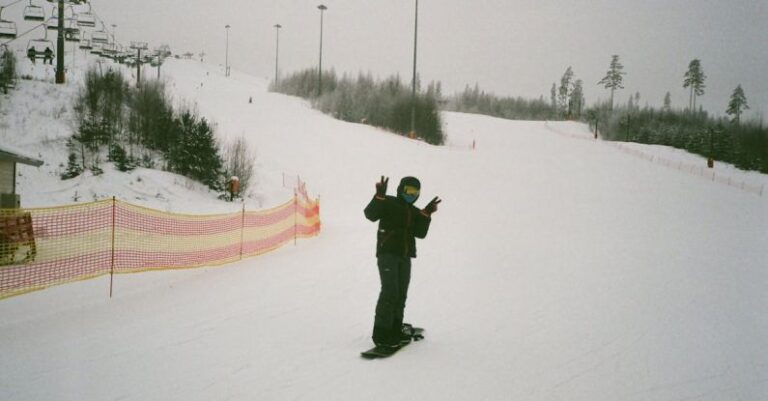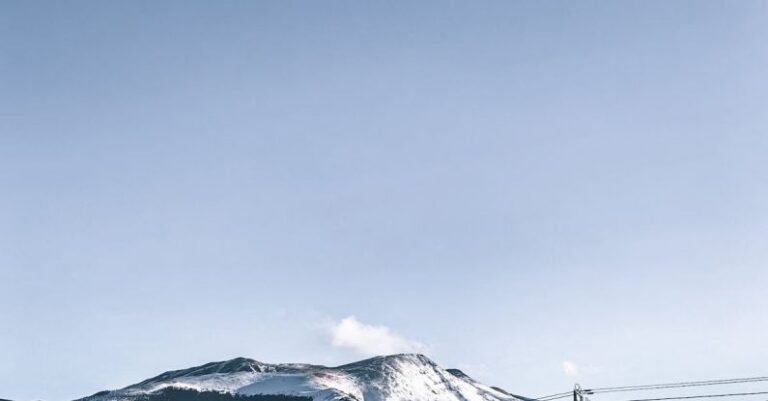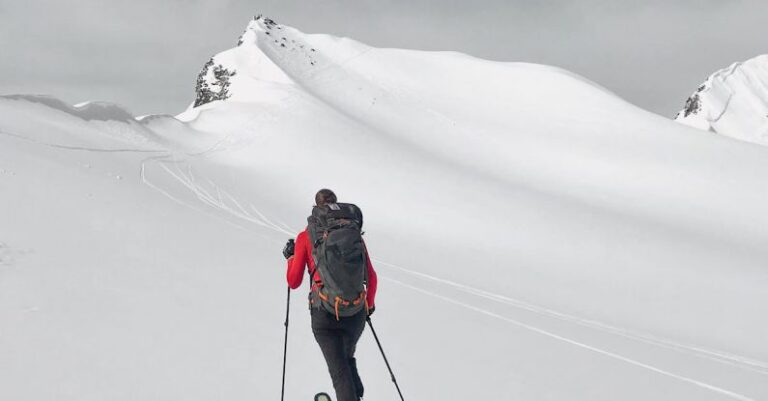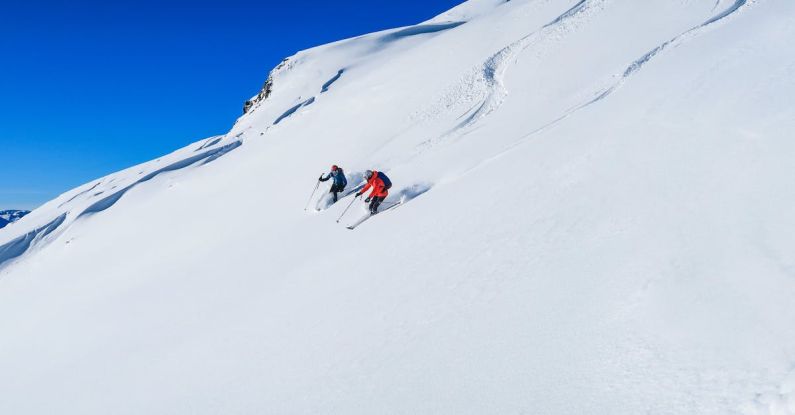
**How to Read and Understand Snow Conditions?**
When heading out to enjoy winter activities like skiing, snowboarding, or snowshoeing, understanding snow conditions is crucial for a safe and enjoyable experience. Snow conditions can vary widely depending on factors such as temperature, recent weather patterns, and the time of day. By learning how to read and interpret snow conditions, you can make informed decisions about where and how to engage in winter sports. In this article, we will explore the key factors to consider when assessing snow conditions and provide tips on how to stay safe while enjoying the snowy outdoors.
**Types of Snow Conditions**
One of the first steps in understanding snow conditions is to familiarize yourself with the different types of snow you may encounter. Here are some common classifications:
**Powder**: Fresh, light, and fluffy snow that is ideal for skiing and snowboarding. Powder snow provides excellent cushioning and smooth rides.
**Packed Powder**: Snow that has been compressed by skiers, snowboarders, or grooming machines. Packed powder offers good traction and stability.
**Crud**: Rough, uneven snow that can be challenging to navigate. Crud is often formed by windblown snow or melting and refreezing.
**Ice**: Hard, frozen snow that can be slippery and difficult to control on skis or snowboards. Ice requires extra caution and skill to navigate safely.
**Slush**: Wet, heavy snow that is prone to melting. Slushy conditions can slow down movement and make skiing or snowboarding more challenging.
**Factors Influencing Snow Conditions**
Several factors can influence snow conditions, making them change throughout the day or from one location to another. Understanding these factors can help you anticipate how the snow will behave and adjust your activities accordingly. Here are some key factors to consider:
**Temperature**: Warmer temperatures can lead to melting snow and slushy conditions, while colder temperatures can create icy surfaces. Monitoring the temperature can help you predict how the snow will react.
**Recent Weather**: Snow conditions can change rapidly after a snowfall or during a storm. Fresh snow can create powder conditions, while wind can create drifts or crusty snow surfaces.
**Time of Day**: Snow conditions can vary depending on the time of day. For example, snow may soften in the afternoon due to exposure to sunlight and warm temperatures, while it may freeze overnight, creating icy conditions in the morning.
**Terrain**: The terrain you are on can also affect snow conditions. North-facing slopes may have colder, firmer snow, while south-facing slopes may have softer, sun-exposed snow.
**Tips for Reading Snow Conditions**
To read and understand snow conditions effectively, consider the following tips:
**Observe**: Take the time to observe the snow before starting your activity. Look for signs of recent snowfall, wind patterns, or temperature changes.
**Test**: Test the snow by gently pressing your ski pole or snowboard into it. Pay attention to how the snow reacts and the resistance it offers.
**Listen**: Listen to the sound the snow makes as you move through it. Crisp, crunchy sounds may indicate icy conditions, while soft, muffled sounds may suggest powder snow.
**Stay Informed**: Check the weather forecast and snow reports before heading out. Many ski resorts and outdoor organizations provide updated information on snow conditions.
**Conclusion: Enjoying the Snow Safely**
By learning how to read and understand snow conditions, you can make informed decisions about where and how to engage in winter sports. Whether you are a beginner or an experienced winter enthusiast, staying aware of snow conditions is essential for a safe and enjoyable experience. Remember to always prioritize safety, follow any posted guidelines or warnings, and adapt your plans based on the changing snow conditions. With practice and experience, you will become more adept at reading the snow and making the most of your time outdoors in winter wonderlands.
